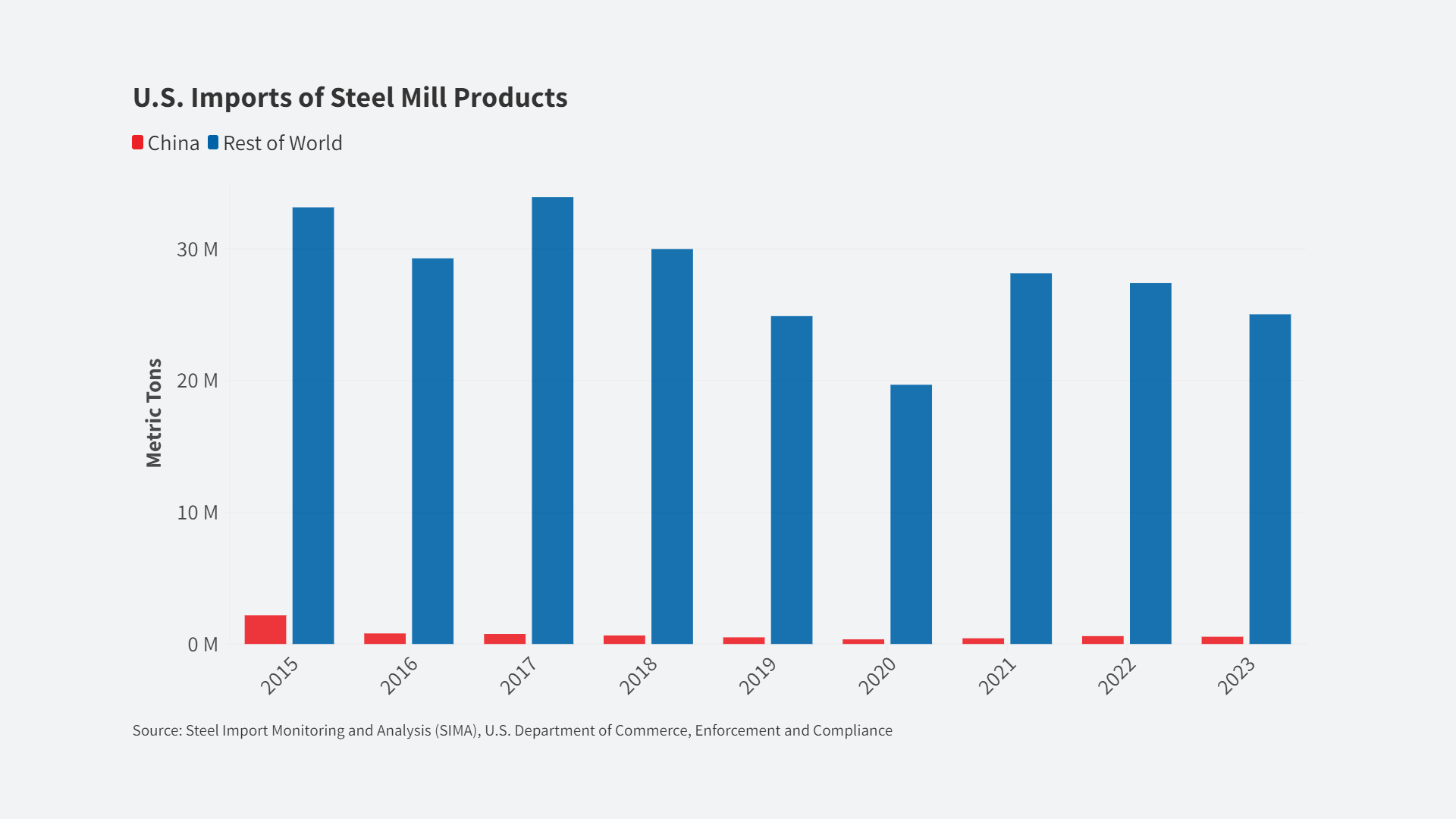President Trump is falling woefully short on his promise to fix the trade deficit. It’s on track to hit $570 billion this year — up from $505 billion in 2016.
Apologists argue the trade gap permits Americans to purchase less expensive consumer goods, while critics blame it for job losses. Three things are certain — it must be financed, slows growth and threatens national security.
Americans sell foreign governments and individuals U.S. Treasuries, corporate stocks and bonds and real estate, and then have to pay interest, dividends and rent to foreigners.
Americans invest abroad too, but overall foreigners are buying more assets here. The U.S. net international investment position is on track to surpass 60 percent of GDP over the next decade.
At that level, other countries have generally encountered a major economic crisis as foreigners balk at extending additional credit.
The United States prints the reserve currency. Other governments hold Treasuries and greenbacks to back up their domestic banking systems, and that makes a wholesale U.S. meltdown less likely. Still, as our indebtedness grows, private creditors will get nervous and insist on much higher interest rates, and the dollar could lose its franchise to the euro or even the Chinese yuan.
We are selling IOUs and real assets to finance present consumption — not to fund infrastructure and business expansion. Think of it as a second mortgage on your house to finance a big party instead of adding a room.
It’s a huge drain on the demand for U.S.-made manufactures, and the factory sector accounts for two-thirds of privately-funded R&D. Slicing $200 billion off the trade gap would boost investments in intellectual property enough to accomplish President Trump’s goal of 3 percent growth.
The erosion of critical capacity now poses a threat to the defense industrial base. For example, China’s share of global aluminum capacity has increased from 22 to 54 percent since 2004, while U.S. high grade capacity is now inadequate to effectively rebuild our Navy, fighter force and other critical defense infrastructure.
The Trump administration may act on aluminum and other basic industries. While such measures are critical, more must be done to stem the growing trade gap, and address its consequences for high tech investment, economic growth and national security.
Mr. Trump’s focus on NAFTA is misplaced. We have an $8 billion surplus with Canada and a $63 billion deficit with Mexico. Any adjustments to the trade deal are unlikely to swing the trade imbalance by no more than $10 billion, and our neighbors provide secure supplies of defense-vital products.
China accounts for $300 billion of the overall deficit, but Mr. Trump has abandoned campaign promises to take tough action. Like President Obama, he has subjugated trade to getting Beijing’s cooperation on North Korea. However, whatever China does regarding the nuclear threat will be most affected by its desire to maintain regional stability.
The U.S.-China trade review launched at Mar-a-Largo has so far has yielded few significant results. The 10 point plan recently announced mostly rehashes past commitments for beef exporters and credit card companies —it does little to address defense-critical manufacturing and high tech.
China’s economy is organized around state direction of both public and privately-owned companies. Beijing establishes goals, businesses invest in those priories and they are rewarded with generous subsidies, bank credit and protection through administrative rulemaking.
Negotiations to make Chinese markets fundamentally more accessible are doomed to failure as long as Beijing is confident that this approach to economic development is superior. With its economy growing more than three times faster than ours, don’t expect it to embrace western-style capitalism anytime soon.
Warren Buffet has suggested a system of import licenses. Exporters would receive certificates to import goods equal to foreign sales. Those could be sold to importers like Wal-Mart and would be used to purchase imports that had the highest value to consumers.
Rather than imposing this scheme on all trading partners — and instigate collapse of the WTO — just apply it to China. Either Beijing would realign its economy to rely less on trade surpluses or the scheme would do it for them.
No matter what strategy was chosen, Americans would pay more for toasters and TVs but that burden would pale by comparison to the benefits accomplished for all Americans from stronger economic growth and national security.
• Peter Morici is an economist and business professor at the University of Maryland, and a national columnist.













